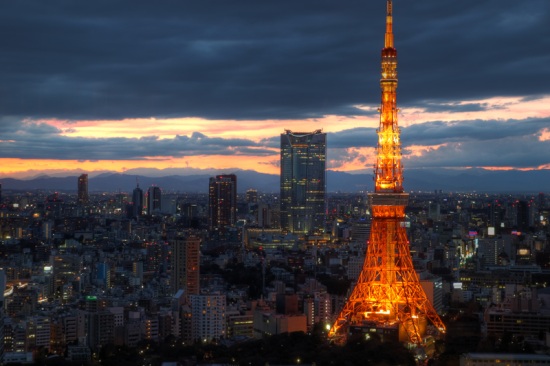After some setbacks in 2011, the commercial property market in Japan is picking up. The aftermath of the tsunami in March of last year had an impact on the market’s health, but the industrial sector has helped to lead the way towards recovery.

During the second quarter of 2012, the vacancy rate for Tokyo’s logistics facilities stood at 3.6 per cent, a decrease of 0.9 per cent over the previous quarter. Vacancy rates have been consistently dropping over the past four quarters in the greater Tokyo area.
Demand for high-quality buildings is steady in Tokyo, while supply is limited. As vacancy rates continue to rise, rents for commercial properties are expected to follow suit.
The market for buying and selling properties is also picking up. One recent example is the December 2011 Global Logistics Properties and China Investment Corp. partnership which bought 15 industrial properties from LaSalle Investment Management for $1.6 billion.
According to Takuya Kuga, president and CEO of the Japan Retail Fund Investment Corporation, the current trend is for investors to be buying in to the industrial sector. This type of investment would be attractive, with yields in the 5-6 per cent range and cash flow generated from tenants who are locked in to long-term leases.
The office sector is also showing some positive signs. A new supply of Grade A development has come available in Tokyo in the second quarter, resulting in a slight increase in vacancies to 7.9 per cent. Demand for office space is expected to increase in the coming months.
The current vacancy rate is not leading to lower office rents. According to a report released in July of 2012 by CBRE, Tokyo is the third most expensive market in the world.
With a population of 32 million people (and growing), greater Tokyo is the largest international city on the planet. The tight supply of office space and high demand is expected to continue, which means an encouraging market for commercial real estate investors.
Previous Post
Tesco Facing Fines for Illegal Employment